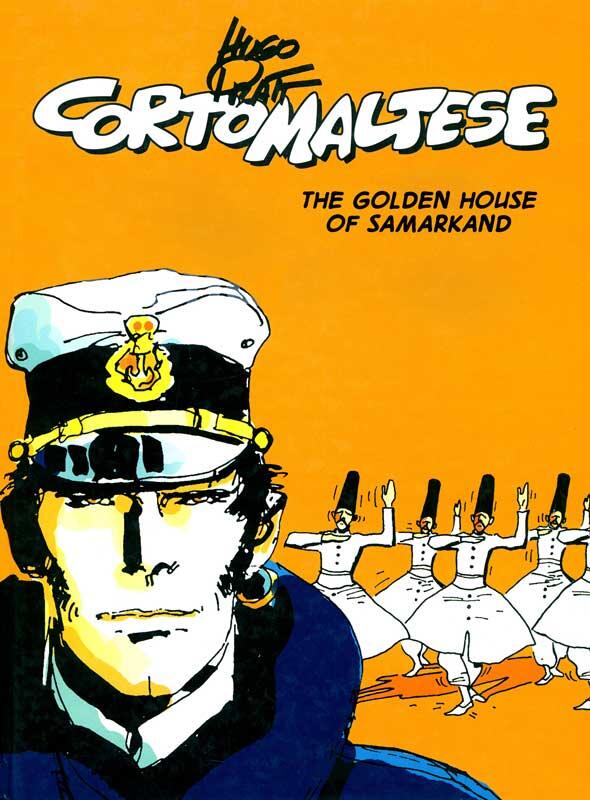



Almost needless to say, in the past as in the present, women comic artists have relentlessly worked on the description and critique of gender roles, hierarchies and discriminations, thus offering an alternative model to the often stereotyped and objectified representation of the gendered body proposed in comics. Nowadays, creators such as Fumettibrutti, Zuzu, Cristina Portolano, Rita Petruccioli, Barbara Baldi, Alice Milani, and Giulia Pex are at the forefront of thematic and stylistic innovation in the field of the Italian graphic novel. Cinzia Leone and her legendary Gilda, Cinzia Ghigliano with her Solange, the erotic comics of Giovanna Casotto and Vanna Vinci's normal heroines are only a few of the names that could be made here. As the names of Angela and Luciana Guissani (the creators of Diabolik), testify, women comic artists were and are actively contributing to the success of the medium in the country and beyond. This long list of male names and characters (with the exception of Valentina) shouldn't let us think of the role of women in the Italian fumetto as marginal.

Contemporary Italian comic artists such as Zerocalcare, Gipi are now national superstars and comics festival are blossoming all around the peninsula (among other, Lucca Comics & Games, BilBolBul, Napoli Comicon, Etna Comics, Cartoomics, Romics, Ratatà). Nowadays, Italian graphic narratives are experiencing a second Renaissance fostered by the growing popularity of the graphic novel. It is not a coincidence that, back in 1964, the semiologist Umberto Eco was one of the first to pay scholarly attention to the medium of comics in his 'Apocalittici e integrati', a collection of essays on popular culture. The crucial position occupied by Italian comics is confirmed by the publication, in 1969, of ' Poema a fumetti', an illustrated story by the literary author Dino Buzzati, which is now considered by scholars an antecendent of the graphic novel format. Authors like Guido Crepax, Milo Manara or Hugo Pratt and characters such as Tex, Valentina, Corto Maltese, Diabolik or Dylan Dog (just to mention a few) are famous among comics lovers and experts worldwide. The Italian 'fumetto' is, together with the American comics, the Franco-Belgian 'bande dessinnée' and the Japanese manga, one of the most prolific and internationally renowned traditions in the area of graphic narratives.


 0 kommentar(er)
0 kommentar(er)
